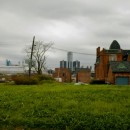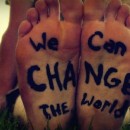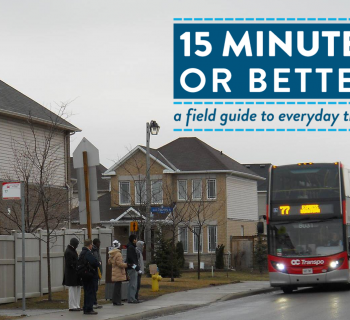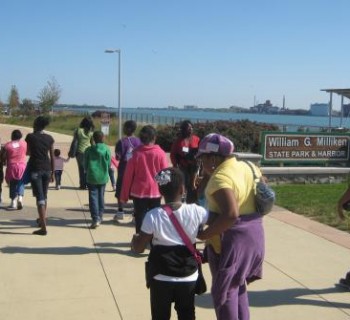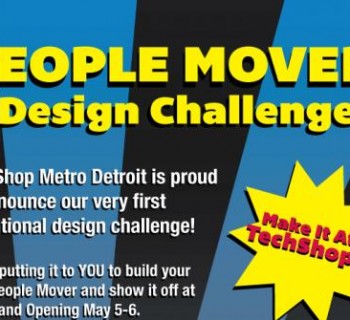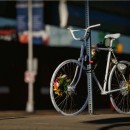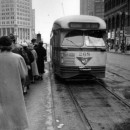(Caveat: I’m playing dirty and loose with numbers. If you want to come play tight and clean, check out the Research Justice Track of this year’s Allied Media Conference June 28-July 1 on WSU’s campus: alliedmedia.org)
OPINION—If you go hunt around on the Bureau of Transportation Statistics website you’ll find a list of numbers and other incomprehensible descriptions using words like enplanements – fancy speak for the number of people getting onto planes. With just a little bit of customization and addition, we can see the United States Government thinks 618,440 people (not necessarily different people) took plane trips in 2011.
“But Joe, this whole ‘mode shift’ thing is about walking and biking and livable communities – what do plane statistics have to do with livable communities?”
Well fine! Let’s get personal! Raise your hand if you took a plane trip last year and are one of those 618,440 people.
Got it raised high?
What I’m getting at with this whole planes, trains, and alleged-automobiles, is that relatively small percentages of populations are making decisions for relatively large ones in terms of “how we get around.”
If you raised your hand, then congratulations! You’re part of the less than one percent of the U.S. population who has successfully navigated the FAA, TSA and U.S. Highway System to “enplane,” fly in a metal box while burning hundreds of gallons of fuel, abuse Bernoulli’s airfoil principle (sorry, I’m a nerd), and manage to land safely in some other city (assuming you didn’t just fly from DTW to DET).
It’s mad few people who can, and do, actually get on a plane. And in Detroit, that privilege of access speaks volumes.
Public transportation and our land transportation infrastructure provide the first and last mile of all of those plane trips for you less-than-two-percent-ers, same as they do for that twelve-year-old who is late for school because multiple No. 53 busses pass the No. 53 bus stop they’re supposed to stop at on Woodward.
Ever tried taking a bus to DTW? Me neither.
It’s also the same as they did for Abdus, the 60-year-old man I met five years ago who recently moved back down South because he got tired of riding his Schwinn to Pontiac and back for work. For decades.
What I’m getting at with this whole planes, trains, and alleged-automobiles, is that relatively small percentages of populations are making decisions for relatively large ones in terms of “how we get around.”
A large amount of folks making those decisions don’t actually use the services.
In fact, I’d wager the vast majority of folks in decision-making or transportation planning professions don’t actually use the services they plan or support. Vast majority.
Huge ups to any of you out there reading this who are designing, planning, or implementing around user-experiences. You don’t get enough support for your ideas, most likely.
I’ve ridden my bicycle across a number of state lines, to Vermont, Florida and California. I’ve moved my entire apartment by bicycle three times in the city of Detroit. I lived for five years without a car and yes, that’s mad privileged as well.
A few side notes and definitions:
Trips: The U.S. Bureau of Transportation statistics definition is a hilarious measure, to me. A trip, as defined by most transportation stats and design people (who from my experiences, don’t actually bike or walk anywhere, and likely have a travel budget from their company) is “any time you go from one place to another place.” Denver to Detroit? 1 trip. Airport to hotel? Another trip. Hotel to liquor store? One more trip. Trippy.
Calculating the less than 2%: 618,440 (trips) ÷ ~313,012,650 (U.S. population) = .00197576679 x 100 = .19 % (hopefully accurate, tested and retested results). If you’re a mathematician … be nice.
Fun fact: Detroit has more airports than hockey teams. LA has more hockey teams than airports. Is this weird to anyone else?
Defunders’ note: Roads, sidewalks, paint, lights, signs: That’s what’s called “infrastructure” by the people who are trying to defund it.



